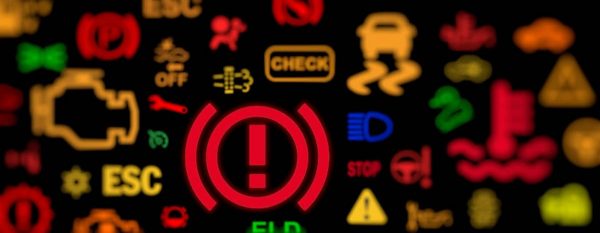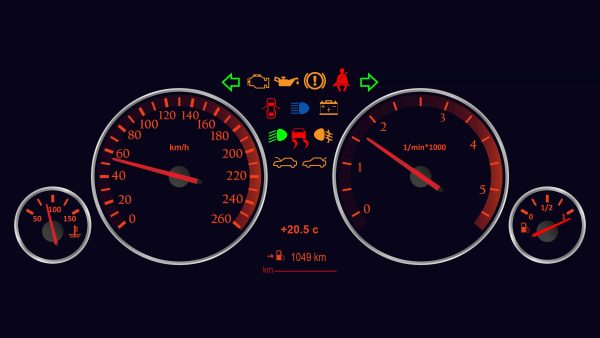It’s a situation that can evoke dread in any driver: you’re cruising along, tunes humming in the background, when suddenly a warning light illuminates on your dashboard. Whether it’s a symbol you’ve never seen before or a blinking icon that fills you with vague unease, your car is trying to communicate to you. But what is it saying?
Decode Your Car’s Secret Signals
As complex as modern cars are, the communication tools they use are often cryptic or ambiguous. The lights on your dashboard are more than just colorful decorations; they are your car’s way of speaking to you. Each symbol, each color represents a different message. From a simple reminder to buckle your seatbelt to a serious engine malfunction warning, your vehicle has a language of its own. It’s crucial to understand these signals to maintain the performance, safety, and longevity of your vehicle.
Illuminating Insights: Car Warning Lights Demystified
To demystify these messages, let’s break them down. Some lights are universal, such as the battery symbol indicating a charging system warning or the oil can symbol, which signifies low oil pressure. A more ominous light is the check engine symbol; this could mean a variety of things, including a loose gas cap or a serious engine condition. Others may be specific to your car’s make and model. For instance, a symbol that looks like a steering wheel next to an exclamation mark could indicate a power steering issue. The key to decoding these symbols lies in your car’s manual.
Mind Your Car’s Mysterious Light Language
Understanding the color of the lights is just as important as recognizing the symbols. Red warning lights typically indicate a serious issue that requires immediate attention. These could include engine overheating, low oil pressure, or brake system alert. Yellow or amber lights, on the other hand, suggest that the car needs to be serviced or repaired soon. They could be indicative of problems with the emission system, stability control, or other non-urgent issues. Blue or green lights are usually informational, indicating that a specific system like high-beams or cruise control is activated.
Crack the Code: Discover Your Car’s Hidden Messages
To truly crack your car’s code, you must pay attention to more than just the appearance of a light. A constant light usually signals a non-emergency, while a flashing light suggests something more serious. Beeping or buzzing sounds accompanying the light can also indicate the urgency of the situation. Moreover, some car warning lights may illuminate together, pointing out a problem with a specific part of the vehicle system.
Blinking, Flashing, Beeping: Your Car’s Colorful Conversations
The language of your car is not limited to just lights. Sounds also play a significant role. For instance, a constant beeping sound may accompany a red flashing light, indicating a serious problem that needs immediate attention. Alternatively, a single beep might just be a gentle reminder to fasten your seatbelt or close the car door. It’s a colorful conversation that your vehicle is trying to have with you, and understanding it can save you time, stress, and potentially expensive repairs.
Light Up Your Knowledge: The Hidden Meanings of Car Warning Lights
Learning to interpret car warning lights can feel overwhelming, but it’s manageable with a little patience and research. After all, this light language is your car’s way of taking care of you. It’s alerting you to potential issues, reminding you of necessary maintenance, or simply reassuring you that everything is functioning as it should. All it asks in return is for you to acknowledge its signals and take appropriate action.
Understanding your car’s warning lights is not just about solving a mystery; it’s about ensuring your safety and maintaining the health of your car. Ignoring these lights can lead to serious mechanical issues, risking unexpected breakdowns, expensive repairs, or even accidents. So, the next time your dashboard lights up, don’t ignore it. Treat it as a conversation starter, an invitation to engage with your car. After all, it’s not just a machine; it’s a complex entity communicating with you in its unique, colorful language.



